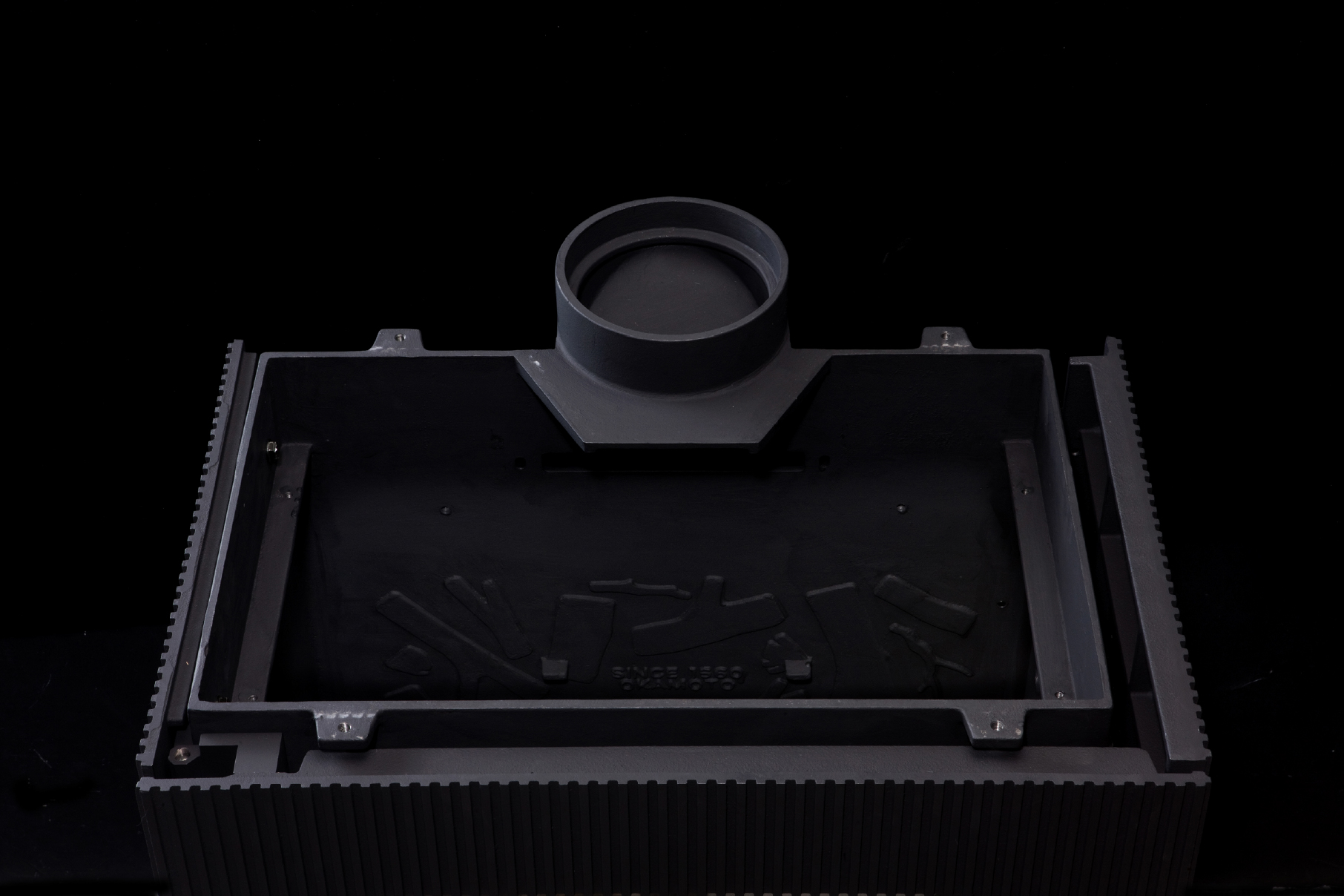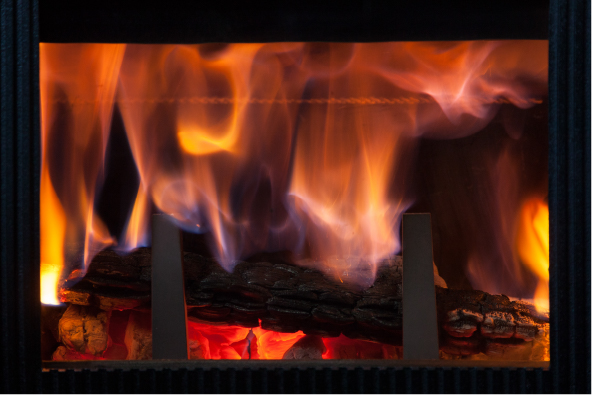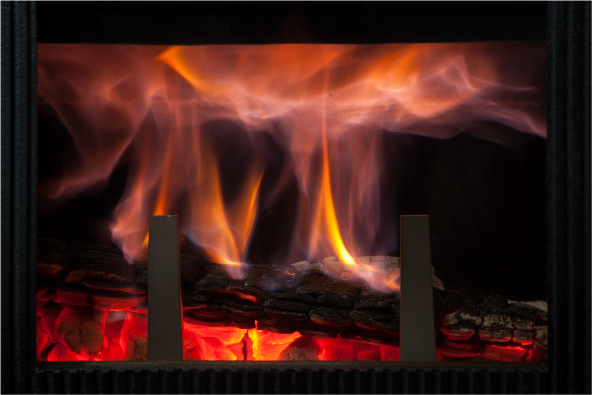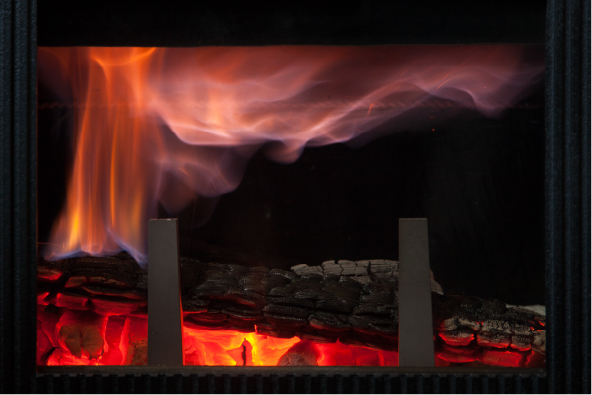
AGNI Bell Cast, casting technology cultivated over generations
AGNI makes beautiful flames
Unlike regular combustion, burning in AGNI stoves seems like a fantasy world, with its gentle swaying and graceful movement that seems to hover from above. These flames have captivated many, bringing them special moments as they gaze into the flames.
These beautiful flames appear when the conditions of combustion temperature and air intake are just right. Combustion takes place slowly due to air control in which air intake is reduced when the temperature is high. This makes for highly efficient burning. Using shaping technologies cultivated from many years of casting and manufacturing, AGNI stoves feature a thick-walled inner box cast in a single piece, similar to a temple bell. This structure realizes unprecedentedly high airtightness, and, through precise control of less air, highly efficient burning is maintained, allowing for the easy enjoyment of beautiful flames.




-

-
Improved robustness and airtightness mean that even softwoods can be used
AGNI stoves are also able to burn softwoods. The disadvantage of softwoods as firewood are that they burn at very high temperatures, which can damage the inside of the furnace, and they burn out quickly. However, compared with cement-bonded iron plate construction and ceramic materials, which are used in regular wood stoves, AGNI’s thick-walled inner box construction has a robust structure that can withstand even long-term use. This, alongside the airtightness of the structure, enables the burning of softwoods, which require meticulous air control.
High energy-saving burning has also been realized with the combination of AGNI Bell Cast with AGNI Burning Efficiency, our proprietary high-efficiency burning system.
Making beautiful flames
How to make beautiful flames



Beautiful flames are evidence of high-efficiency burning.
Despite the air being restricted, the temperature of the stove itself will not fall, and the clean glass window allows for leisurely enjoyment of the flames. This state of burning also produces clean exhaust.
Preparation
To ensure that the stovetop temperature reaches at least 300°C, place a relatively large quantity of dried firewood in the stove and burn it with the air control fully open.
Efficient burning
Once the stovetop has exceeded 300°C, gradually close the air control (if closed too much, smoke may be emitted from the flue). Close the air control until it is completely shut or only slightly open.
Adding more firewood
When the stove is at high burning efficiency with beautiful flames, around 1.5-2 kg of firewood will be burned per hour.
When the flames start dying down or the stovetop temperature has fallen, add 2.5-6 kg more firewood.
After adding the firewood, open the air control fully. When flames start to cover all the firewood and the stovetop temperature has exceeded 300°C, gradually close the air control.






